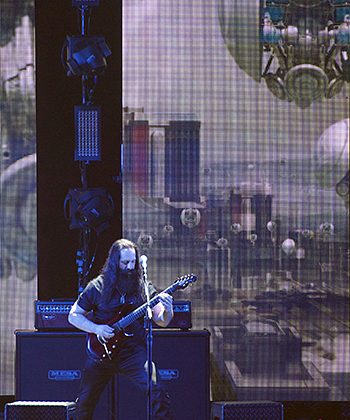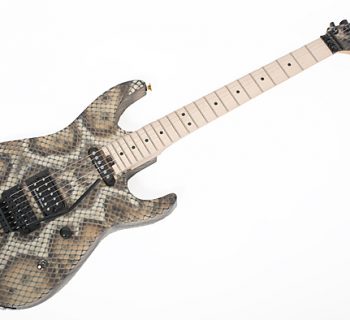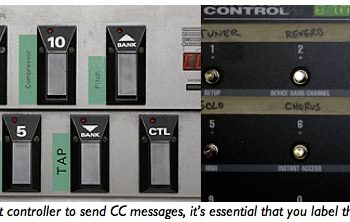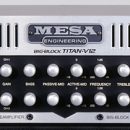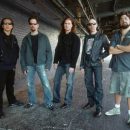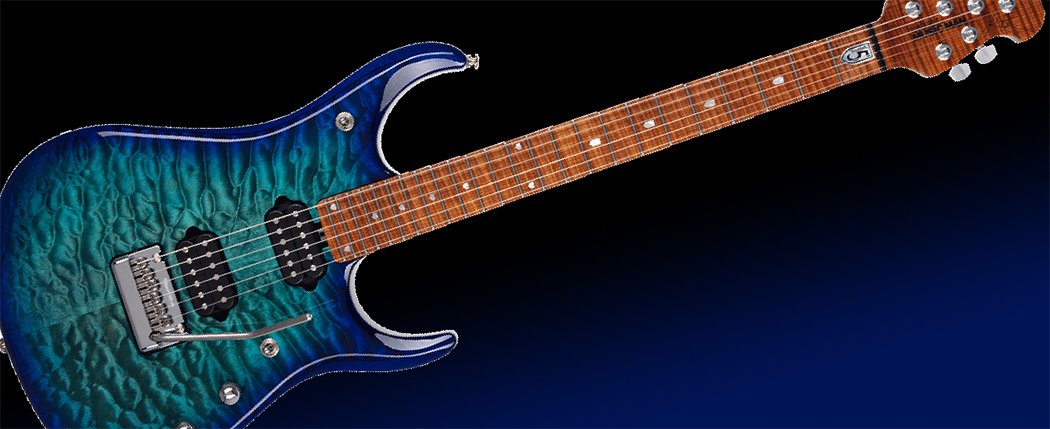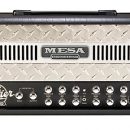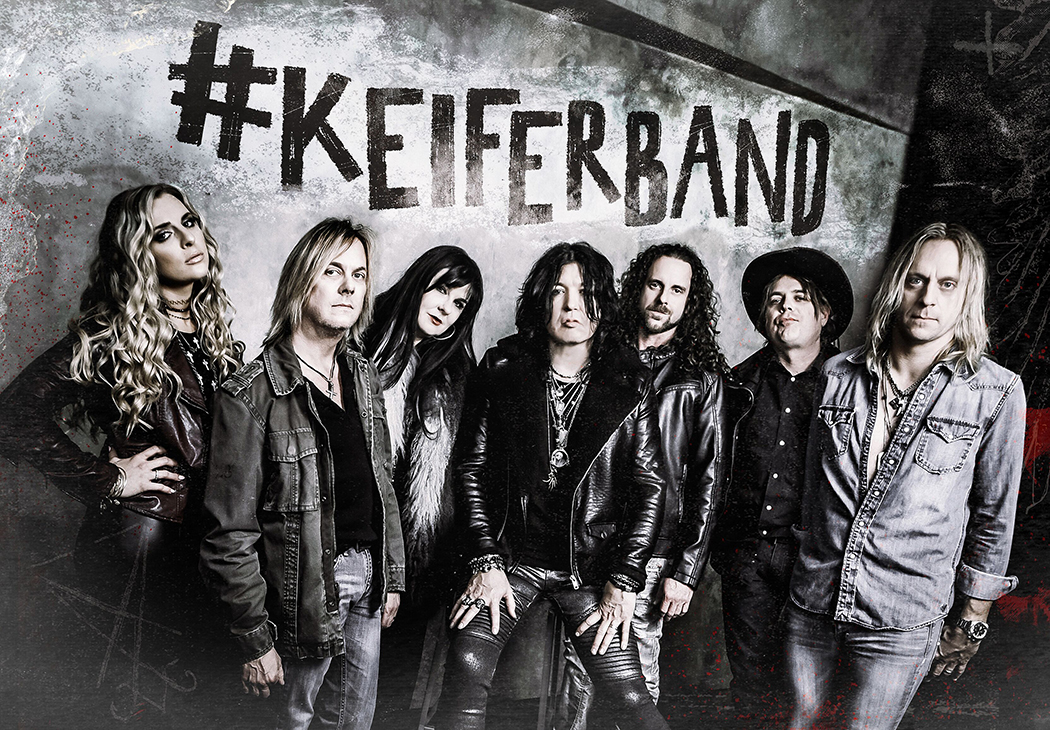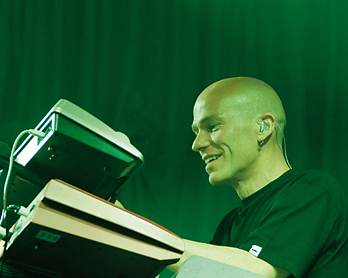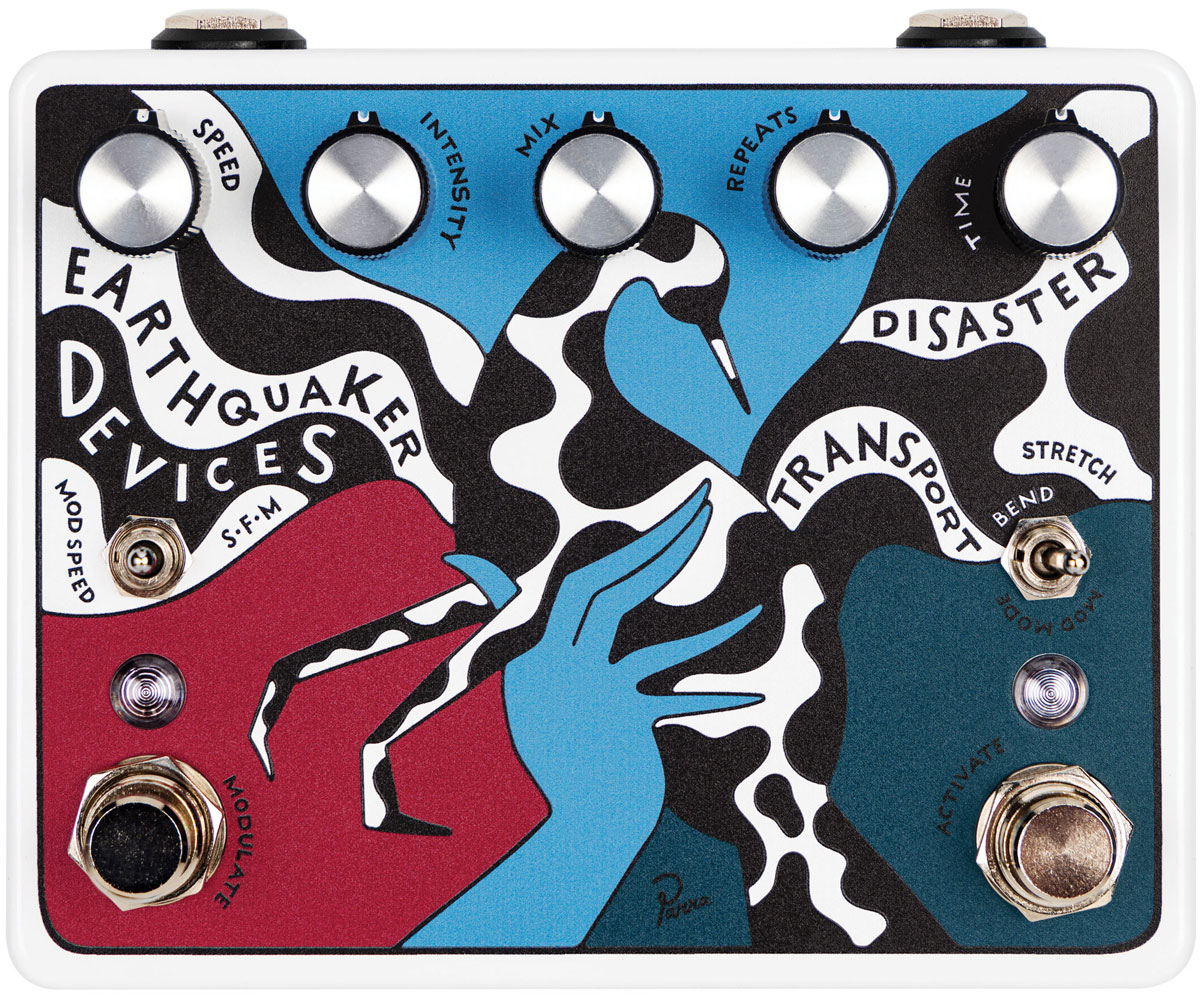People... they’ll go to see Star Wars and Lord of the Rings and sit in a movie theater for two, two-and-a-half, three hours. No problem. But when it comes to listening to music, it’s so much different.
MPc: How did you arrive at this concept album?
JP: Well, this one is different for us than, let’s say, Scenes From A Memory, which we did about sixteen years ago, in that the kind of goal from the beginning was to do a project that reached further than just the music on an album, and that kind of crossed and blurred the lines between a concept album or a rock opera and a musical or a movie or whatever, and kind of use all of those different influences and elements, and most importantly, from the very design, from the beginning, was actually written to be a show. That was really the main goal.
And so being on this tour right now is the full realization of the initial plan, which was that we wrote a show. And that’s why both albums are so long. That’s why it comes in at two hours and ten minutes or whatever because basically, it’s a standalone Dream Theater show.
MPc: Lyrically, there’s one line that resonates with me from this whole record. And it probably resonates with every musician who’s been doing this for a long time. That is: “People just don’t have the time for music anymore.”
Ironic that you kind of took that and said “Screw that, we’re giving you a two-hour show.”
JP: [laughs] Yeah, exactly. Exactly. Yeah, I mean, there’s a lot of meaning in that line, because obviously it’s important to the story in that in this dystopian future that I wrote about, music is no longer created by humans. It’s all manufactured, it’s created electronically by machines. And the breakdown in society that occurred because of that just led to this thing where, yeah, people just were not—no longer interested, and no longer had the time for music anymore.
But the parallel that we draw now is thinking about how much consuming music has changed, from something that used to be, literally, the only way you can hear music is you have to go see it and sit down and see a performance, to streaming whatever you want on your phone and downloading a single here or there and the attention span of music listeners being so much shorter.
So it speaks to that narrative, as well. And, in a way, making this album is such an experience that demands an investment of time in a way where we’re almost forcing the public to sit down, take the time, as if you would do when you’re watching a movie. Because people will go, they’ll go to see Star Wars and Lord of the Rings and sit in a movie theater for two, two-and-a-half, three hours. No problem. But when it comes to listening to music, it’s so much different.
So this is kind of saying, “Listen, take the time. Sit down. Set the time aside. Get comfortable. And ingest this whole experience.”
MPc: I have to say, the response to The Astonishing… I haven’t seen such polarizing opinions from Dream Theater fans since Train of Thought.
JP: Yeah, it’s amazing. You know, the thing that’s really encouraging is that, by doing this in the way that we did it, we absolutely took a lot of risk. We invested so much time, energy, money, you name it, into this and doing something based around a concept that might not be something that everybody could necessarily relate to, and to see the reaction be so positive towards this. And to see [so many of] our fans embrace this and seemingly really want this from us, it’s so incredibly rewarding, you know. It’s unbelievable on an artistic level.
MPc: I think no other album in your catalog best conveys the description of the name, Dream Theater. When you hear a band name like that, this is that.
JP: Yeah, absolutely. Absolutely.
MPc: It’s theatrical and it’s rock and it’s prog, it’s got everything. And in particular, it’s got a lot of acoustic guitar. Way more than on any previous Dream Theater record. Tell me about your approach when creating the music for this record, and your use of the acoustic guitar.
JP: Well, I knew from the beginning that there was going to most likely be more acoustic than on previous albums, for a couple of reasons. One is that there was just so much music, so there had to be some dynamic variation as far as guitar orchestration. So I knew it wasn’t going to be just all electric the whole time.
The other thing is that, when Jordan and I were writing the music for this, we were sitting down in very private settings—each other’s homes, or just the two of us in the studio—a lot of times with just the piano and an acoustic guitar. And the thing about writing that way, with those instruments, is that it really kind of comes down to the structure of the song. You know, the chord progression, the melody, and how that all relates to the story.
And so I thought that was really important, not to have a lot of technical distractions when writing. I thought that would make a deeper and more rich musical album as far as the songwriting.
And then as far as recording using the acoustic, again, there’s so many ups and downs on this album because basically we wrote a musical score to the story that I wrote. So that means that it really had to have its ups and downs and the acoustic guitar, when it is used, really does create those dynamic moments. There’s something that’s so personal about the sound of an acoustic guitar.
MPc: I assume you’re playing one of your Taylors on this record?
JP: Yeah, it’s a brand-new Taylor, it’s a 916CE that I got for the record, and it’s just a gorgeous guitar. Very full-sounding. Really beautiful, and has the cool forearm kind of contour that they put on the guitar, as well. I also use a 12-string guitar on one of the songs, on “Heaven’s Cove.” Both are Taylors.
MPc: Up until now you’ve covered most of your acoustic parts in concert with the Piezo acoustic output from your electric guitars. How are you going to execute this new record on tour?
JP: Well, it’s a combination of using the actual Taylor and using the Piezo. It depends on the song. I’m trying to use the real Taylor acoustic as often as possible so the sound of the album is really recreated live. I have the Taylor on a stand and I walk up to it and I’m able to quickly switch—if I’m holding my electric guitar, switch back and forth.
But there are a couple of songs where that switch is just a little bit too quick and in those cases I do use the Piezo on the Music Man, which really does sound unbelievable. It’s something that—it still, to this day, freaks me out when I’m—[laughs]—when I’m playing and I go into a Piezo session. I’m like, wow, is that coming out of my guitar? Really sounds like an acoustic.
So, in those cases where the switch is just too quick for me, not practical, then I’m using the Piezo on my guitar.
I get the chance to do more of a melodic, almost bluesy, melodic solo at the top of that.
MPc: Switching over to the electric stuff, before we even talk tone, I want to talk style. I definitely heard a lot more of your classic “Steves” influences and that would be both Steve Howe as well as Steve Morse in a lot of your melodic lead work. Did you knowingly go back to the well, as it were?
JP: Not knowingly, no. For this album, really, I can’t stress enough how everything that I did as a guitar player, as a producer, was always centered around what is the best thing as far as conveying this story. Because I had written a story that’s pretty deep as far as content and detail. There’s multiple characters, multiple settings, etc. But as you’re listening to this album, you’re not watching a movie, so you can’t really get a clear visual as to what’s happening, so the music has to give you all of those clues. So all the recurring themes and everything, the way that I treated my guitar, how I played, how I approached sections, whether they were uplifting or mean and heavy or really melodic, really it didn’t have to do with which guitar player that I’m influenced by, am I drawing from, but it more had to do with what’s going on in the story. What’s happening here? Who’s singing? Who is this about? Where are we? You know, things like that.
So that was really the motivation for my guitar playing.

MPc: You collaborated with Mesa/Boogie on a new signature amp, but I’m wondering, it might not have been ready when you started work on this record, or was it?
JP: It actually was ready, that was the beauty. It was actually in prototype form. There were three prototype models that we used and, tonally, they were actually as finalized as the production model, but we were experimenting with different values of certain pots and things, which we can get into. But I did have the prototype, and this entire album was recorded with the JP-2C.
I’m so happy that they were able to get that to me in time for recording, because I thought—besides the album coming out and how big of a deal that is and what an undertaking that was, the launching of my first signature guitar amp with Mesa/Boogie, and their first signature amp, was in a lot of ways for me as much of a deal in the fact that it was coordinated to where I was able to marry the two. This brand-new amp on this very special album is something that I’m really, really grateful for in that they were able to hustle and make that timing really work.
So I have the luxury of saying, “Oh, you want to hear this amp? Just listen to the new album. The whole thing was recorded with a JP-2C.”
MPc: Wow. So let me ask you: As if one classic, five-band, Mark-series EQ wasn’t enough, you had to put two on there. Tell me about the new amp.
JP: Yeah. Well, the whole amp, the design of the amp centers around my needs as a performing musician. And it’s one thing to have, you know, if you had a classic Mark 2C+ in the studio, which I have many times, or you’re lucky enough to have a few of them in the rig with an amp switcher, then you can have the luxury of changing your sound depending in what you’re playing, if it’s a clean part or a heavy part or a lead or whatever.
But, really, it’s not very practical as far as the performance thing because, again, you need—and you’ve seen them, you’ve taken pictures of [my guitar rigs]—you need a massive rack with three heads and an amp switcher and everything else.
So my idea was, the 2C+ is one of the greatest amps ever made. It’s the holy grail of Boogies. I want to do a bona fide reissue as far as the circuit, the transformer, the sound, the real deal, no compromises, let’s reissue this amp. But, let’s bring it into the modern world as far as performance. So I thought what were the shortcomings of that amp? And, really, it was just a two-channel amp that shared all of the EQ controls and the graphics. So if you set your clean sound to where you liked it and you switched over to the lead sound, you had to kind of deal with the EQ that you set up for the clean. With the exception of a lead drive.
So my idea was to have a separate clean sound and then two lead channels. Because I always need one for crunch and I’d want to set an EQ different for that, so that’s the first EQ. And then one for lead. I’d want to set the EQ different for that, so that’s the second EQ. And EQs are interchangeable. You can put any one of them anywhere.
So that was a big deal. And I wanted… you know, let’s eliminate needing to have some sort of MIDI switching box and just put MIDI in the head, you know? So make a MIDI-capable amp. That was a big deal. And, putting the Cab Clone in the amp so you have the ability to go direct and not have to use an outside box.
And then the shred feature was another one. Let’s have something, even when you think you have, like, the coolest, heaviest sound, instead of needing to kick on some sort of overdrive or something, let’s put in a shred feature and it shifts the harmonics into this kind of overdrive which gives you more definition and edge and clarity. So if you’re playing… I use it, during the Astonishing show, when I’m playing the low riffs that are really heavy with the seven string, whatever, it just kicks in that extra, really cool, upper-harmonic emphasis and gives those low string notes a lot of clarity.
So that’s the basics of the amp.
MPc: Cool. I was looking at some photos that your tech, Maddi, put up with the new rig. I noticed you have a new rack mounted Cry Baby Wah. What happened there? Can you tell me about that? Was that your design or—?
JP: Well, the other exciting thing is that—and everything, again, was coordinated, which is just incredible to me. Another thing while I was in the studio that I was doing, was speaking to Dunlop about doing a signature Cry Baby pedal. And they were able to get me a prototype, as well, which I used on the album. So, again, if you want to hear it, listen to the album, and there it is.
The concept was basically that we were going to take my rack wah settings that I’ve always used—I’ve always used a rack wah live, and I’ve set it a certain way as far as the Q, as far as the boost and EQ—and let’s put that into a pedal and make a badass simple pedal from the outside that looks really sleek and cool, has this great, throaty sort of sweep, but at the same time, if you want to dig into it deeper, take off the back and you have all the EQ pots and the Q pots and that’s what we did. And that’s the JP95, that’s the new wah.
So, for live, for this rig, we kind of reverse-engineered it. So we have the guts of the wah in the rack and the controller pedal on the pedal board. So, it’s basically my rack wah just taken apart, that’s what that that picture is showing.
MPc: I noticed a couple of 1x12s that are miked up. I assume, are those just for the stereo effects?
JP: The 1x12s: that’s what everything is going through. That’s my whole sound. So the rig—yeah, the head is two JP2Cs, and the preamp from the first head is basically going into the AXE-FX effects and then splitting off and returning into the first head and then back into the second head. And that’s the stereo sound.
So those two Boogie heads are hooked up to those two 1x12s. There’s a left and a right. And that’s the entire sound.
MPc: Oh, so you’re not actually using one head as a backup, but you’re actually running both of them.
JP: No backup, yeah. I’m running both of them.
MPc: Let’s get back to The Astonishing. What are some of your favorite guitar moments on the new record?
JP: You know, there’s a fun moment for me, because the album, again, it’s very orchestrated as far as guitar and in a lot of ways, as I’m playing this live, the feeling is almost as if I’m being in an orchestra and playing my part, kind of like you wait for your part and you come in, then you step off and you wait for your part.
But there are a couple of really kinda’ cool, guitar moments, where I have the opportunity to stretch out and shred. One of them is at the end of “A New Beginning.” And that’s been a great moment.
Also, it’s a lot of fun to break into the opening riff of “Our New World,” which was done with a Drop D tuning. It’s just a really uplifting, catchy guitar riff, and it’s always fun to play that.

I also enjoy playing the beginning of “A Savior in the Square,” because I get the chance to do more of a melodic, almost bluesy, melodic solo at the top of that. And I would be remiss if we didn’t talk about the Majesty guitar, because that’s the guitar I used on the entire album. I used the Artisan-series Majesty 6- and 7-string, so again, I can point to that: If you want to hear what this guitar sounds like, listen to this record. And it’s just a… to me, it’s everything. It’s my secret weapon. It’s my pride and joy. It’s something that took a long time in the making, and me and everyone at Music Man is super, super proud about it, because it kind of defies a lot of design concepts and presents something that I think is really unique and beautiful, plus it sounds really awesome.
The note choices and key changes and things that we did are unpredictable.
MPc: Now, let’s talk about working with an outside arranger (David Campbell) on all of the orchestration, and how that impacted the creative process.
JP: When we mocked up the demos, which were just guitar and keyboards, Jordan would lay down a string part using his software synth and stuff like that. Lay down a choral part. And we’d send all that stuff to David and he would then interpret it, get the MIDI information, transcribe it, write it out for the proper instruments, and arrange all the recording sessions and conduct them and everything else.
So he had a huge, huge job to do to make all that actually come true—it was absolutely tremendous. And it was cool. It was all long distance. He’s out in California; we never went out there. We were in New York the whole time, so lots of Skype calls and phone calls and he made it happen. It was unbelievable.
MPc: I understand that Mike Mangini didn’t spend a lot of time tracking his parts in the studio.
JP: Well, Mike is always fun. Basically, the demos that Jordan and I did were… we did them initially in [Apple] Logic, and there was a click track and tempo maps and markers and our demoed guitar and keyboards, and that’s it. So Mike had to take all that, learn it, interpret it, and then come in and play. And the fun thing about Mike is that he comes in so prepared and everything that comes out of him is unbelievable.
I’ll never forget the song, “A Life Left Behind,” that starts with this kind of cool acoustic guitar riff and then the drums kick right in. I could be wrong, but I think the version on the album is the very first thing he played. He just—I had never heard the song with drums before, of course, and we were like, okay, let’s set this up, let’s go. The song starts, the click’s going, and he just plays that. And it’s like, I couldn’t help but just laugh because it sounded so great. When he came in and started drumming, that was the first time we really heard the songs come to life and sound like a band. To come out of this sort of environment where it was just instrumental guitar and keyboards with a click and now it sounds like a band, it’s pretty wild.
MPc: Nice. What can you share about John Myung’s contribution in the studio?
JP: You know, John, he basically came in. He had taken a lot of notes. I remember talking to John in the beginning, and because there was so much music that we wrote, he just had a mountain of stuff to do. So every time I’d talk to him, he’d be, like, “Yeah, I’m writing this out, I’m working on this.” So he did a lot of note-taking to be able to come in and play this stuff, which was—I can only imagine that it was probably really overwhelming as a musician to say, “Okay, here you go. Here’s 34 tracks of music. Good luck recording it.” [laughs]
And so he’d come in and Rich Chycki, our engineer and mixer, worked really closely with John. And the fun thing—or maybe it wasn’t so fun, but the funny thing for me is, while John was tracking, mostly I was still writing lyrics. So after we had written this whole—all the music, and we had given the music out and we started tracking stuff, I had this daunting task of writing all of the lyrics to, I think, the twenty-eight vocal songs there are on the album. So every moment I was writing. I was in a room in another studio. If we were on the road, I was on the bus or in the hotel.
MPc: On your past records, everything tends to be somewhat song-driven from the rock perspective. Even though it’s progressive metal or whatever you want to call it, typically, in your head, it’s easy to wrap your head around a familiar song structure: we’ve got verse, pre-chorus, chorus, bridge section, whatever. But now, this is a full-on score. This is an arranged work. How do you commit something this massive to memory? Jordan can at least have sheet music on his iPad. How do the rest of you keep track of where you are in all of this?
JP: Well, we’re four shows into the tour, tonight is our fifth, and I think I’ve finally got the hang of it. I have to say, it took me a longer time than normal, because not only is it just a lot of music to remember, but because, as you said, it was written as a score to a story, the arrangements are completely non-traditional, the note choices and key changes and things that we did are unpredictable. And it’s kind of like, to me, it’s almost like remembering a classical piece, because it doesn’t have the typical rock structure or the typical rock chord movement, etc.
A lot of times, with my guitar parts, I’m almost in the cello range where I’m playing the same notes as the bass, so there’s a lot of single note lines that I’m playing. And I found that to remember all of those and differentiate those from other songs throughout the set, and the little half-step that’s different here and the little twist that happens there was really difficult for me. There were many rehearsals where I was just, like… [laughs]… I’m glad they weren’t recorded, let’s just put it that way.
So it took a long time to get all that under my fingers and committed to memory to where I can kind of relax into it and I’m comfortable getting into the music [live], and I’m there now, but it certainly took longer than it would typically take for me.
MPc: Any closing thoughts?
JP: You know, the other thing that we didn’t talk about much is Richard Chycki’s contribution to this. He really was so amazing, being there from the beginning, engineering the entire record, being there every day with us, from the writing all the way through to the mixing. We mixed it in Manhattan. The two of us in there, took two months to mix and he just had this unwavering commitment. I’m just so grateful to Rich for contributing his talents. He really was a sixth member of the band, and he did amazing.
And we talked about Maddi [Schieferstein, John’s tech and rig builder] before, and I know you know him, but a lot of people might not know him the way that we do. He’s just such an invaluable person in our organization. He’s a great friend, best guitar tech in the world, and throughout the entire studio process just handled everything for us. Every detail that happened, he handled for us. So we’re also really grateful to him.

